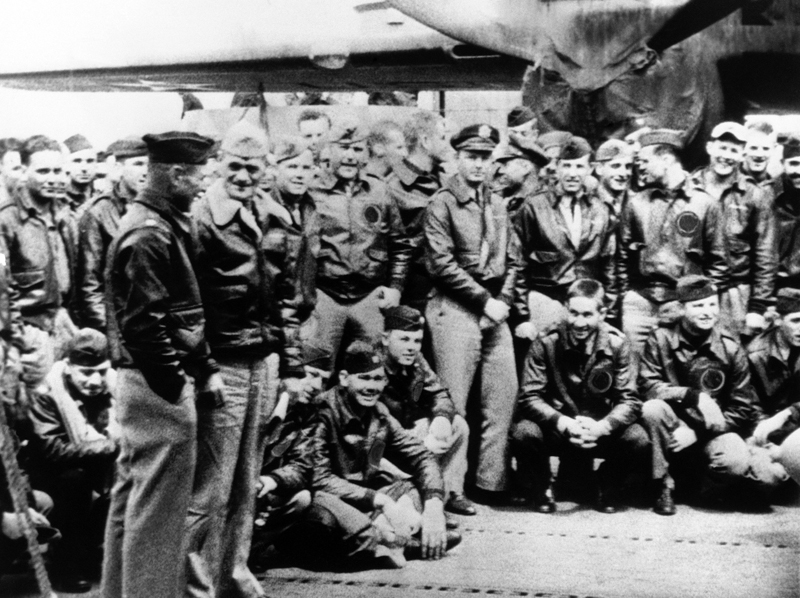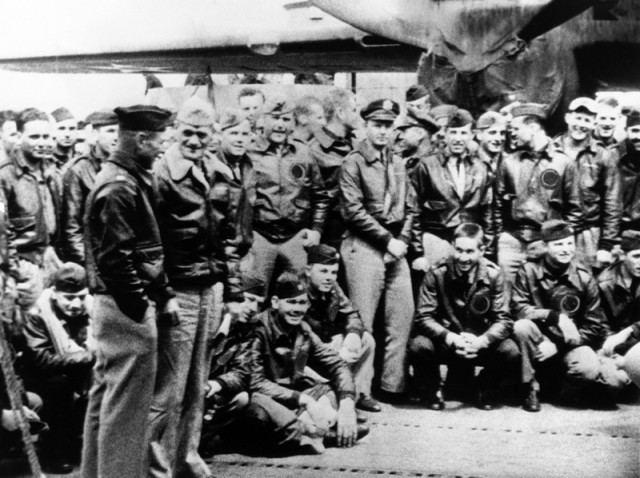Seventy years ago in early March 1945, US B-29 bombers undertook their deadliest bombing raid on Japan’s capital city, Tokyo. The bombing raid dumped huge quantities of napalm enhanced cluster bombs, leaving around on fifth of the city in a devastated state of burning rubble.
A monument has been built in a Tokyo city park to commemorate the more than 100,000 citizens who lost their lives during the raid and who were buried in mass common graves after the attack.
Even though the attack is little remembered, its impact was worse than the atomic bomb dropped on Nagasaki and is probably equal to that dropped on Hiroshima.
The atomic bombs have taken the attention away from the air raid attacks which the US air force undertook in the months prior to the end of the war. But these bombing raids were among the most deadly in war time history with over 60 Japanese cities being targeted.
After the bombings and the final atomic bombs, which impelled the Japanese military to surrender, the country rushed to reconstruct and rebuild its cities. Today in Nakamise shopping street inAsakusa district in Tokyo, which was flattened after the bombing, features the Sensoji Temple at which people pay respects and remember those who died.
One of the bombs destroyed Azuma Bridge across the Sumida River in Tokyo. Afterwards the bridge was rebuilt and today people can walk freely across the footbridge. The Sumida-gawa Bridge was also damaged during the bombing, but today is the railway gateway to Tokyo.
The Matsuya Asakusa department store in the centre of Tokyo was partly destroyed during the bombing. During the bombing hundreds of locals crowed together inside the building to take shelter. Today the store has been rebuilt and still to this day remains the Matsuya department store, set among several new, modern buildings and high-rises.
Kameido district in Tokyo was a heavily hit target during the raid, with the bombs hitting both residential areas and military targets, The Dark Room reports.
The bombing raid not only killed more than 100,000 people it also left hundreds of thousands of Tokyo’s citizens without a home. Many fled the city and watched as their friends, neighbours and families were killed and even burnt alive in the flames.
Those who fled sought shelter on the outskirts of the city and hid wherever they could, such as under the Kototoi Bridge. Although the river held other dangers and hundreds drowned in its waters or were suffocated or burned to death as a slick of napalm engulfed the river’s surface in flames.

